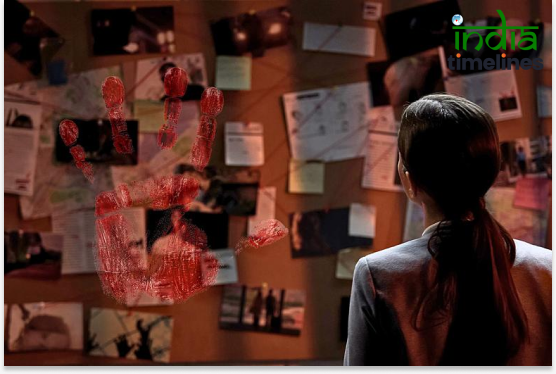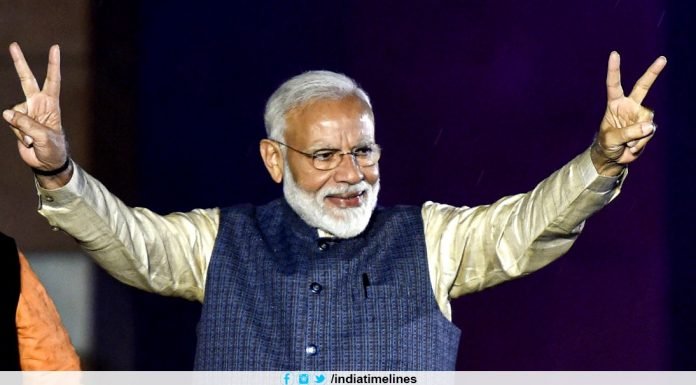
India’s criminal landscape has been shaped by a variety of figures whose actions have not only captured public attention but have also influenced society’s perception of crime and justice. From organized crime syndicates to infamous bandits, these criminals have left a lasting impact on the country. This article explores ten of the most notorious criminals in India, examining their backgrounds, crimes, and the repercussions of their actions.
1. Dawood Ibrahim: The Kingpin of Organized Crime
Dawood Ibrahim is synonymous with organized crime in India. Born in 1955 in Maharashtra, he is the founder of the D-Company, a crime syndicate involved in drug trafficking, arms smuggling, and extortion. Ibrahim gained international notoriety following his orchestrating of the 1993 Bombay bombings, which resulted in over 250 deaths. His ability to evade capture has made him a symbol of lawlessness. Despite being on India’s Most Wanted list, his extensive network and influence have allowed him to remain at large, primarily believed to be in Pakistan. His story sheds light on the nexus between crime and terrorism, raising questions about national security and the fight against organized crime.
2. Veerappan: The Bandit King
Veerappan, born in 1952, became a legendary figure in the forests of Karnataka and Tamil Nadu. Initially a poacher, he evolved into a feared bandit, infamous for his kidnapping and killing spree, often targeting police and politicians. Veerappan eluded law enforcement for nearly two decades, showcasing his intimate knowledge of the dense forests he inhabited. His criminal exploits culminated in his death in a police encounter in 2004. Veerappan’s life and legacy reflect the socio-economic issues in rural India and the challenges law enforcement faces in remote areas.
3. Phoolan Devi: The Bandit Queen
Phoolan Devi, known as the “Bandit Queen,” represents a complex narrative of crime intertwined with social injustice. Born in 1963 in Uttar Pradesh, she faced severe oppression and abuse, which eventually drove her into a life of crime. Devi led a gang and was involved in numerous robberies and violent incidents, including the infamous Behmai massacre, where she took revenge on men who had wronged her. After serving time in prison, she was pardoned and entered politics, becoming a member of parliament. Her life raises critical questions about gender, class, and justice in India, making her both a criminal and a symbol of resilience.
4. Ajmal Kasab: The Face of Terrorism
Ajmal Kasab, born in Pakistan, became a household name following his involvement in the 2008 Mumbai attacks. As a member of the terrorist group Lashkar-e-Taiba, he participated in a series of coordinated attacks that killed 166 people and injured hundreds more. Captured during the attacks, Kasab’s trial offered crucial insights into the operations of terrorist organizations. His execution in 2012 marked a significant moment in India’s fight against terrorism, highlighting the challenges of ensuring justice in cases that evoke intense national sentiment.
5. Abu Salem: The Underworld Associate
Abu Salem, another figure associated with organized crime, was born in 1969 in Mumbai. An associate of Dawood Ibrahim, he was involved in several high-profile crimes, including the 1993 Bombay bombings. His criminal activities spanned extortion, contract killings, and arms smuggling. Salem was arrested in Portugal in 2002 and subsequently extradited to India, where he faced multiple charges. His story exemplifies the complexities of the criminal underworld and its deep connections to both local and international crime networks.
6. Nirbhaya Case Perpetrators: A Turning Point for Society
The Nirbhaya case in 2012 was a watershed moment for India, igniting widespread protests against sexual violence. The four men convicted of the brutal gang rape and murder of a young woman in Delhi became symbols of the systemic failures in protecting women’s rights. Their heinous crime led to significant legal reforms, including the introduction of stricter laws against sexual violence. The case emphasized the urgent need for societal change, making it a landmark event in India’s ongoing struggle for gender justice.
7. Chhota Rajan: The Rival Gangster
Chhota Rajan, born in 1960, is a former associate of Dawood Ibrahim who later became a notorious gangster in his own right. After splitting from Ibrahim, he established his own criminal syndicate, focusing on extortion and drug trafficking. Rajan was arrested in 2015 after years of evading law enforcement. His criminal activities reflect the competitive nature of organized crime in India, with power struggles leading to violent confrontations and an ongoing battle for control.
8. Babu Bajrangi: A Controversial Figure
Babu Bajrangi gained notoriety for his involvement in the 2002 Gujarat riots, where he was accused of inciting violence against the Muslim community. A member of the Vishwa Hindu Parishad, Bajrangi was convicted of orchestrating violence that resulted in numerous deaths. His case illustrates the intersection of religion and politics in India and raises significant concerns about communal violence and the politicization of crime. The repercussions of his actions are still felt today, highlighting the ongoing challenges of communal harmony in the country.
9. Saddam Hussain (Saddam Bhai): The Mumbai Gangster
Saddam Hussain, also known as Saddam Bhai, is a notorious gangster with a reputation for extortion and violent crime in Mumbai. Rising to prominence in the 1990s, he was involved in various high-profile criminal activities, including drug trafficking and contract killings. His connections to local politics and law enforcement reflect the deep-rooted issues of corruption and complicity within the system. Hussain’s life serves as a reminder of the complexities of organized crime and its pervasive influence on urban environments.
10. Rajendra Sadashiv Nikalje: The Underworld Figure
Rajendra Sadashiv Nikalje, commonly known as Chhota Rajan, carved a niche for himself in the Mumbai underworld. Once a protégé of Dawood Ibrahim, he turned against him and sought to establish his own empire. Nikalje’s criminal endeavors included extortion, drug trafficking, and involvement in multiple murders. His eventual arrest marked the end of a significant chapter in Mumbai’s gang wars. His story illustrates the volatile nature of organized crime, where alliances can shift dramatically, often with deadly consequences.
Conclusion
The individuals highlighted in this article illustrate the multifaceted nature of crime in India. From organized crime syndicates to acts of terrorism and communal violence, each of these criminals has shaped public perception and influenced the societal landscape. Their stories not only serve as cautionary tales but also as reminders of the systemic issues that contribute to crime in India.
As the country grapples with these challenges, understanding the complexities of these figures can aid in formulating more effective responses to crime and violence. Through comprehensive strategies involving law enforcement, community engagement, and social reforms, India can work towards a future that is safer and more just for all its citizens. The legacies of these criminals remind us that the fight against crime is not just about punishing offenders but also about addressing the root causes that give rise to such behavior.





























Hi, i think that i saw you visited my web site thus i came to ?eturn the favor텶 am attempting to find things to improve my web site!I suppose its ok to use some of your ideas!!
I simply could not go away your web site prior to suggesting that I really enjoyed the standard info a person supply on your guests? Is going to be back incessantly to investigate cross-check new posts.
I like the helpful info you provide in your articles. I’ll bookmark your weblog and check again here frequently. I’m quite sure I’ll learn lots of new stuff right here! Good luck for the next!
Greetings from Florida! I’m bored at work so I decided to check out your blog on my iphone during lunch break. I enjoy the info you provide here and can’t wait to take a look when I get home. I’m amazed at how fast your blog loaded on my phone .. I’m not even using WIFI, just 3G .. Anyhow, great blog!